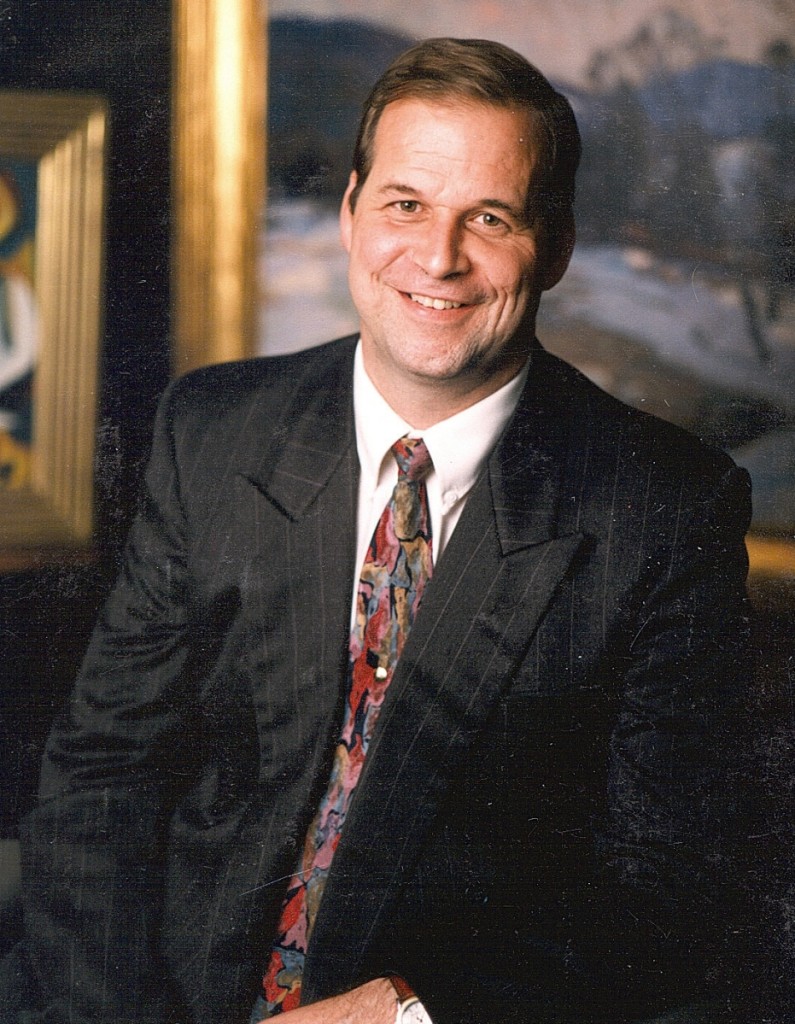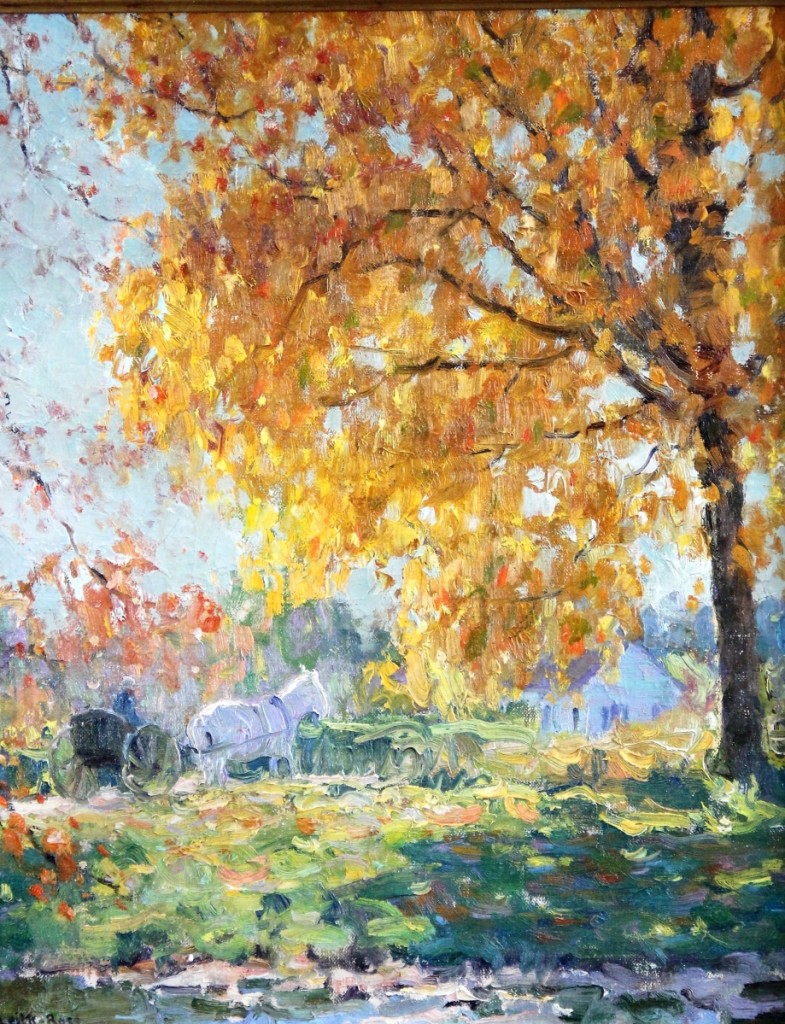
Trained as a painter and conservator, Paul Gratz puts both skills to use as the owner and president of Gratz Gallery and Conservation Studio in Doylestown, Penn. Gratz opened his gallery in 1982 after studying at the Pennsylvania Academy of the Fine Arts. Since then, he has mounted dozens of exhibitions on artists affiliated with his alma mater. His catalogs range from Pennsylvania Painters and The New Hope Circle, a survey published in 2005, to tightly focused studies of Henry Bayley Snell (1858–1943) and Richard Lennox (b 1939), among others. “The Love of Impressionism and the Beauty of Bucks County” is the expert’s latest homage to a place of stunning beauty and the artists who captured its lasting appeal. The show continues through January 31.
What are some highlights of your new show?
The exhibition presents a private collection formed over three decades and emphasizes work by Pennsylvania Impressionists. We have a spectacular painting by George William Sotter (1879–1953), who did wonderful snow scenes with architectural elements, and one of John Folinsbee’s (1892–1972) first paintings, accompanied by a letter from him. One of my favorite paintings is “The Golden Oak” by Harry Leith-Ross (1886–1973).
When did scholars rediscover the Pennsylvania Impressionists?
Sam Hunter, a Princeton professor, compiled American Impressionism: The New Hope School in 1985 to accompany an exhibition jointly organized by the Richard Stuart Gallery and the Fort Lauderdale Museum of Art. That was really the beginning. The Pennsylvania Impressionists by Thomas C. Folk followed in 1997. The James A. Michener Art Museum, another great champion of this material, is four miles from us.
What’s the current state of the market?
The market is problematic. It was red hot in 2006 and has been climbing back since the recession. Something fresh and good will always sell. I’d say the market was upended by the iPhone. There are fewer and fewer good dealers. Too many people believe you can calculate the value of paintings by the square inch, without regard to age or condition, or knowledge of the artist’s best periods. On the other hand, I’m selling more paintings from my own website, including two that just went out to buyers in Maine and California.
Is interest in Pennsylvania Modernism on the upswing?
I’ve always promoted Modernist painting. We sell the work of Leonard Nelson (1912–1993) and Leon Kelly (1901–1982), two pioneers, as well as canvases by Hugh Breckenridge (1870–1937), Earl Horter (1881–1940) and Arthur Carles (1882–1952). But I still see more interest in Pennsylvania Impressionism. People relate to images of the area and are drawn to the artists’ wonderful use of color and handling of paint.
Don’t you deal in frames, as well?
Yes, we sell and conserve a lot of period frames. I especially like frames by the Bucks County artist Frederick Harer (1879–1947) and his disciple Bernard Badura (1986–1986), a New Hope resident who made frames for Daniel Garber (1880–1958) and Edward Redfield (1869–1965), among others.
When did you relocate your business?
In the fall of 2014. I decided that, instead of having a Main Street gallery, I’d move out to my conservation studio. It’s worked out well for me. We’re on a ten-acre farm, surrounded by protected land. I get a lot done here.
What launched your career as a conservator?
I had great teachers at PAFA, especially Joseph Amarotico (1931–1985) and Louis B. Sloan (1932–2008). I learned a lot about palette settings from Arthur DeCosta (b 1921). I also studied with Gustav Berger(1920–2006). He invented Beva, which replaced wax for lining paintings and is used by all the major museums. My first apprenticeship was with the brother of a friend. I apprenticed for other conservators, as well.
What projects do you accept?
We work with oil paintings, murals, architectural ornament and gilding. We don’t handle paper. Gold leaf is one of our specialities. I was a founding member of the Society of Gilders. The hardest thing as a conservator is to fix something that has been done poorly.
What are you working on now?
I’ve just finished up a large church mural — a 6-by-20-foot oil on canvas mounted on boards. I have a new project for the Church of the Sacred Heart in Trenton. It’s New Jersey’s first Catholic church. The painting is fabulous, a version of “St George and The Dragon.” The painting is mounted on the wall, so I have to use scaffolding.
Gratz Gallery at 5230 Silo Hill Road in Doylestown. For information, 215-348-2500 or www.gratzgallery.com.
—Laura Beach





